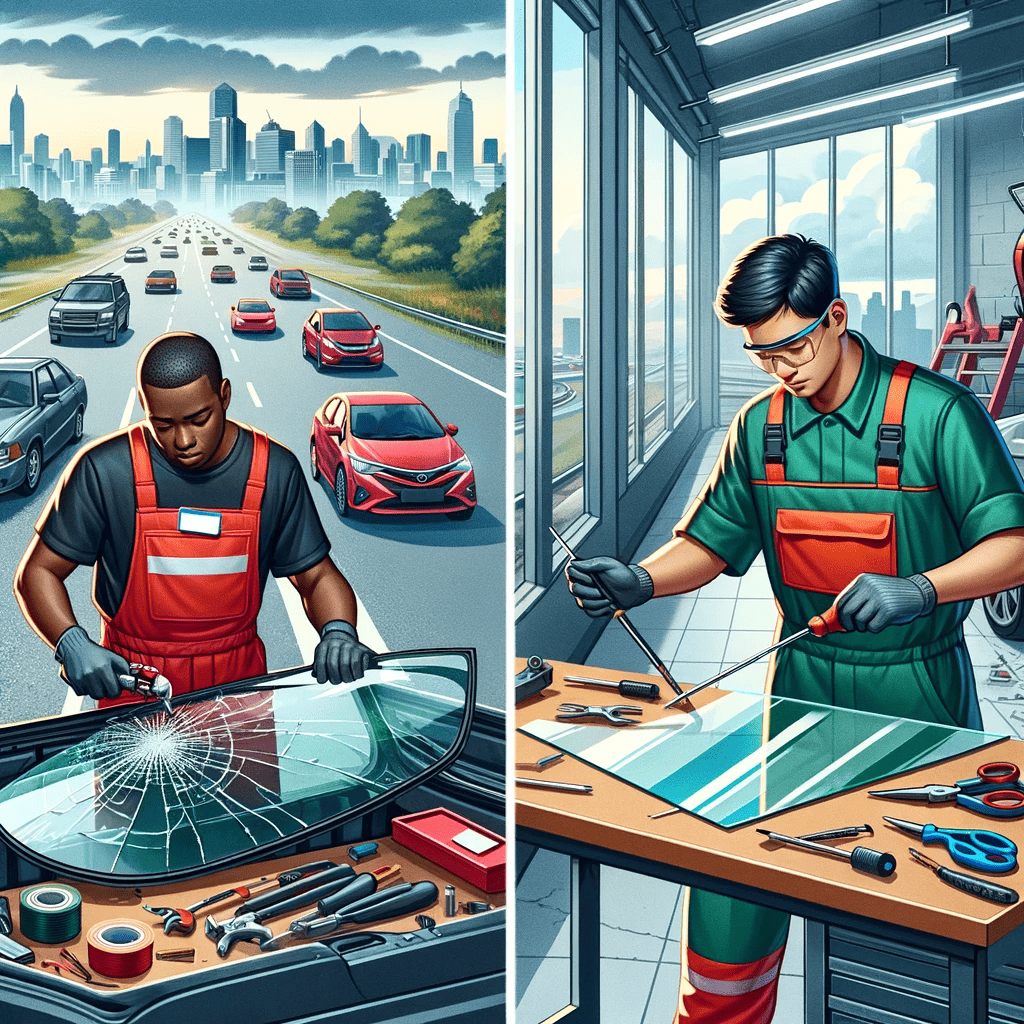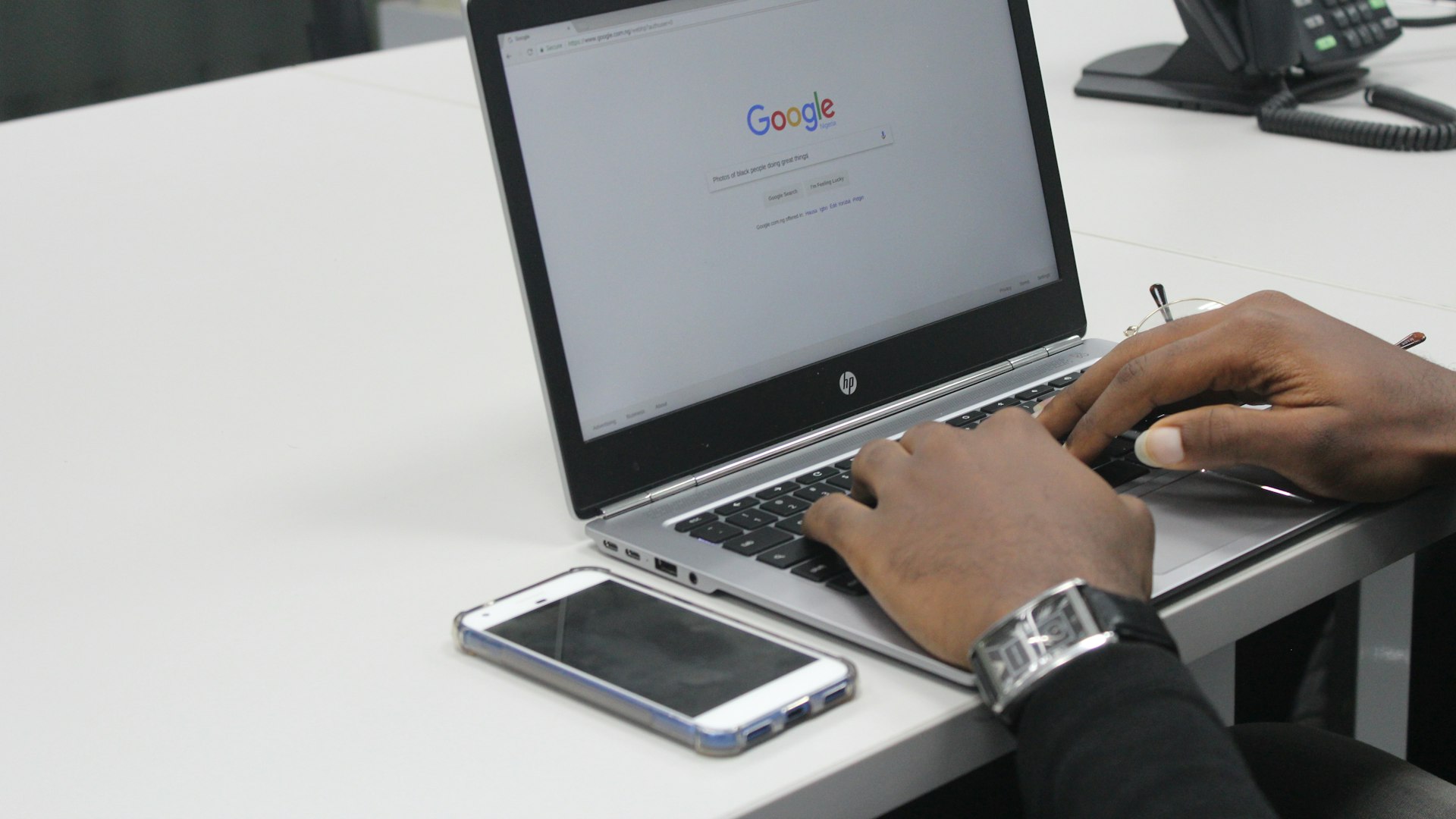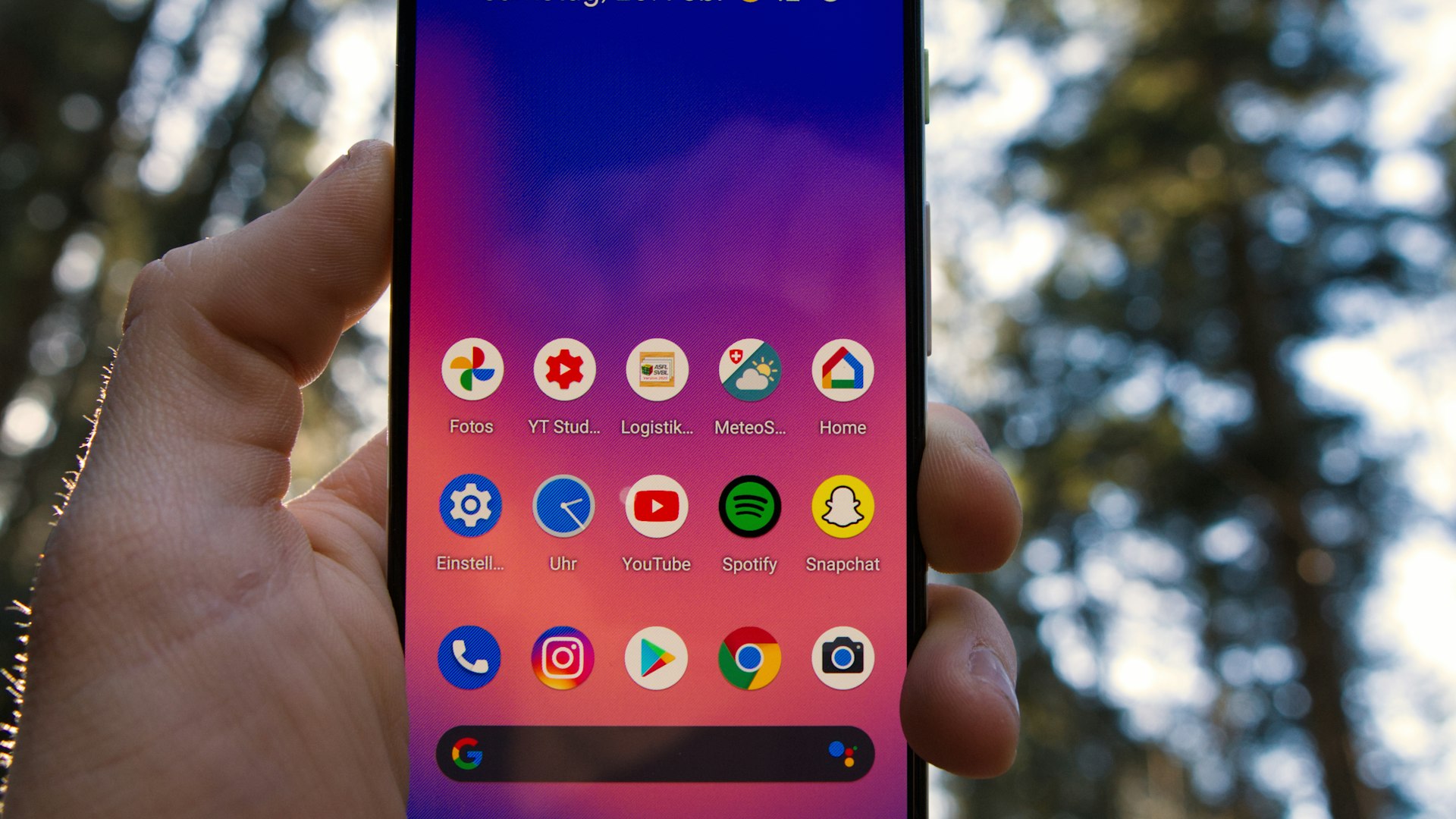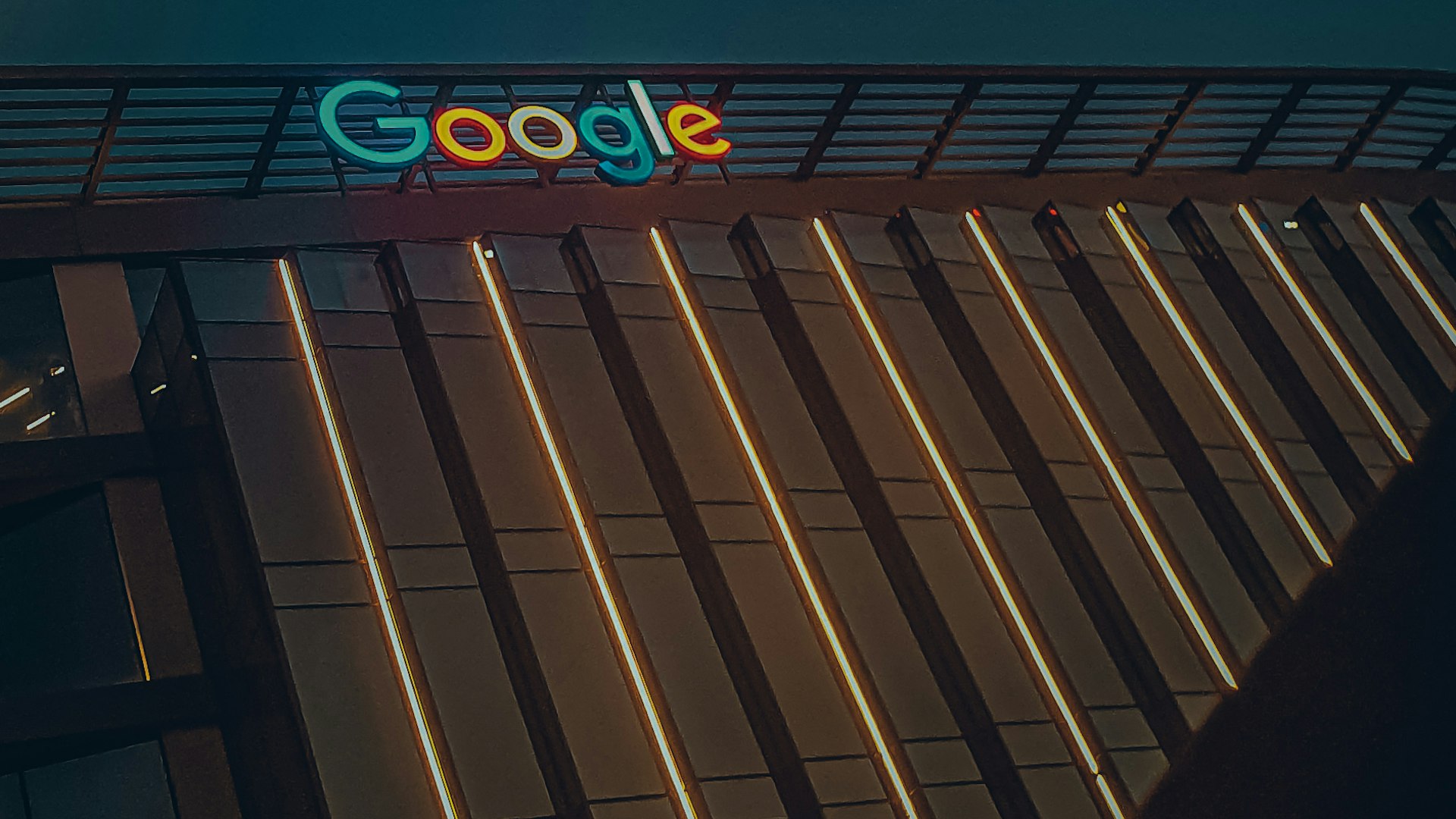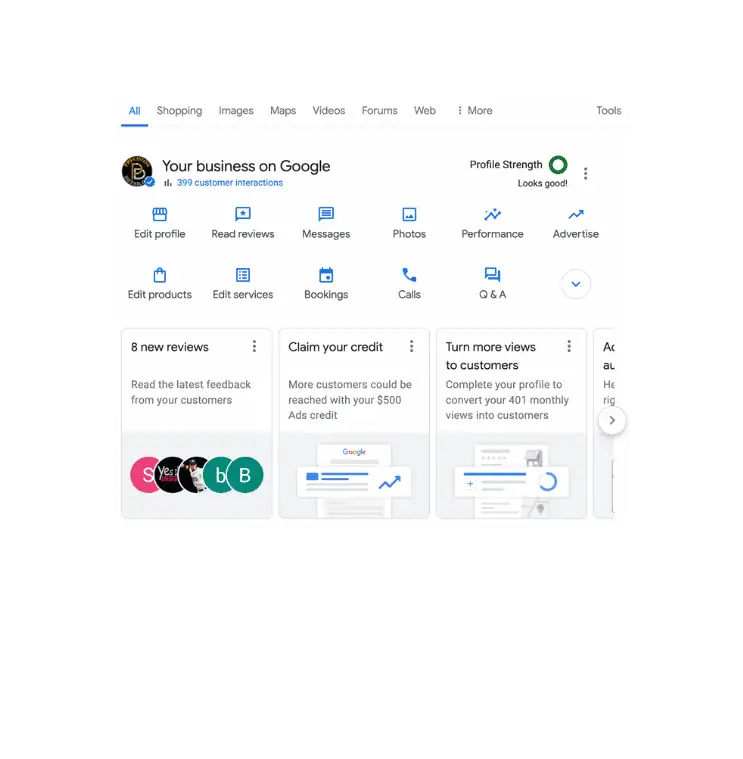
Mastering Google Ads - A Guide for Auto Glass Business Owners
Introduction
Google Ads is a powerful advertising platform that can greatly benefit auto glass business owners. With its ability to reach a wide audience and target specific demographics, Google Ads offers an effective way to promote products and services. This guide provides valuable insights and strategies for mastering Google Ads to maximize ROI and effectively target local customers.
Section 1: Understanding Google Ads
Google Ads, formerly known as Google AdWords, is an online advertising platform developed by Google. It allows businesses to create and display ads on Google’s search engine results pages, as well as on other websites and mobile apps that are part of the Google Display Network. The platform operates on a pay-per-click (PPC) model, where advertisers only pay when users click on their ads.
There are several types of Google Ads campaigns that auto glass businesses can utilize:
- Search Network Campaigns: Display text ads on Google’s search engine results pages when users search for relevant keywords.
- Display Network Campaigns: Display image or text ads on websites and mobile apps that are part of the Google Display Network.
- Video Campaigns: Display video ads on YouTube and other Google partner sites.
- Shopping Campaigns: Designed for businesses that sell products, displaying product ads with images and prices on Google’s search engine results pages.
Auto glass businesses can benefit from Google Ads by utilizing these campaigns effectively. For example, a search network campaign can target keywords such as “auto glass repair” or “windshield replacement,” ensuring that the business appears in relevant search results.
Section 2: Setting Up a Google Ads Campaign
Setting up a Google Ads campaign for your auto glass business is a straightforward process. Follow these steps to get started:
- Create a Google Ads account: Visit the Google Ads website and sign up for an account. Provide the necessary information, such as your business name, website, and billing details.
- Define your campaign goals: Determine what you want to achieve with your Google Ads campaign. Whether it’s increasing website traffic, generating leads, or driving sales, having clear goals will help you optimize your campaign.
- Select campaign settings: Choose the campaign type that aligns with your goals, such as search network, display network, or video. Set your budget, targeting options, and ad scheduling preferences.
- Create ad groups: Organize your ads into relevant ad groups based on keywords or themes. This will help you create targeted ads and improve your campaign’s performance.
- Write compelling ads: Craft engaging ad copy that highlights the unique selling points of your auto glass business. Use strong calls-to-action and relevant keywords to attract potential customers.
- Set up tracking and measurement: Install conversion tracking on your website to measure the effectiveness of your ads. This will allow you to track conversions, such as form submissions or phone calls, and optimize your campaign accordingly.
Section 3: Maximizing ROI with Google Ads
Return on Investment (ROI) is a crucial metric for auto glass businesses to measure the success of their Google Ads campaigns. Here are some strategies to maximize ROI:
- Optimize keyword selection: Conduct thorough keyword research to identify the most relevant and high-performing keywords for your auto glass business. Focus on long-tail keywords that have lower competition but higher conversion potential.
- Create compelling ad copy: Write persuasive ad copy that highlights the unique benefits of your auto glass services. Use strong calls-to-action and include relevant keywords to improve ad relevance and click-through rates.
- Leverage ad extensions: Take advantage of ad extensions, such as sitelink extensions, call extensions, and location extensions, to provide additional information and increase the visibility of your ads.
- Monitor and analyze campaign data: Regularly review your campaign performance and analyze key metrics, such as click-through rates, conversion rates, and cost per conversion. Identify areas for improvement and make data-driven optimizations.
- Implement remarketing campaigns: Set up remarketing campaigns to target users who have previously visited your website. This can help increase brand recall and encourage them to convert.
Section 4: Targeting Local Customers with Google Ads
For auto glass businesses, targeting local customers is essential. Here are some tips for effectively targeting local customers with Google Ads:
- Use location targeting: Specify the geographic locations where you want your ads to appear. This ensures that your ads are shown to users in your target market.
- Create location-specific ads: Tailor your ad copy to include location-specific information, such as mentioning the city or neighborhood where your auto glass business is located. This helps attract local customers.
- Utilize local keywords: Incorporate local keywords in your ad copy and landing pages. For example, include phrases like “auto glass repair in [city]” or “windshield replacement near me” to attract customers searching for local services.
- Optimize Google My Business listing: Ensure that your Google My Business listing is complete and up-to-date. This will improve your local search visibility and increase the chances of appearing in Google Maps results.
Section 5: Google Ads Campaign Management for Auto Glass Businesses
Managing and optimizing your Google Ads campaigns is an ongoing process. Here are some tips for effective campaign management:
- Monitor ad performance: Regularly review your campaign performance metrics, such as click-through rates, conversion rates, and cost per click. Identify underperforming ads and make necessary adjustments.
- Adjust bids: Optimize your bidding strategy based on the performance of your keywords and ads. Increase bids for high-performing keywords and decrease bids for low-performing ones.
- Refine targeting: Continuously analyze your targeting options and make adjustments to reach your desired audience effectively. Experiment with different demographics, interests, and placements to find the best combination.
- Implement A/B testing: Test different variations of your ads, such as headlines, ad copy, and call-to-action buttons, to identify the most effective elements. Use the insights gained from A/B testing to optimize your ads.
- Stay updated with industry trends: Keep up with the latest trends and updates in the auto glass industry and Google Ads platform. This will help you adapt your strategies and stay ahead of the competition.
Frequently Asked Questions (FAQ)
How much does it cost to advertise with Google Ads? The cost of advertising with Google Ads varies depending on factors such as your budget, competition, and the keywords you target. You have control over your daily budget and can set a maximum bid for each keyword.
Can I target customers in specific locations with Google Ads? Yes, Google Ads allows you to target customers in specific locations. You can specify the geographic locations where you want your ads to appear, ensuring that you reach your target audience.
How long does it take to see results from a Google Ads campaign? The time it takes to see results from a Google Ads campaign can vary. It depends on factors such as your industry, competition, and the effectiveness of your campaign. It’s important to monitor your campaign’s performance and make necessary adjustments to optimize results.
What are some common mistakes to avoid when using Google Ads? Some common mistakes to avoid when using Google Ads include targeting broad keywords that are not relevant to your business, neglecting to track and analyze campaign data, and not optimizing your ads for mobile devices. It’s important to continuously monitor and optimize your campaigns to achieve the best results.
Is it necessary to hire a professional to manage Google Ads campaigns? While it’s not necessary to hire a professional to manage your Google Ads campaigns, it can be beneficial, especially if you lack experience or time. A professional can help optimize your campaigns, maximize ROI, and stay updated with the latest industry trends and best practices.
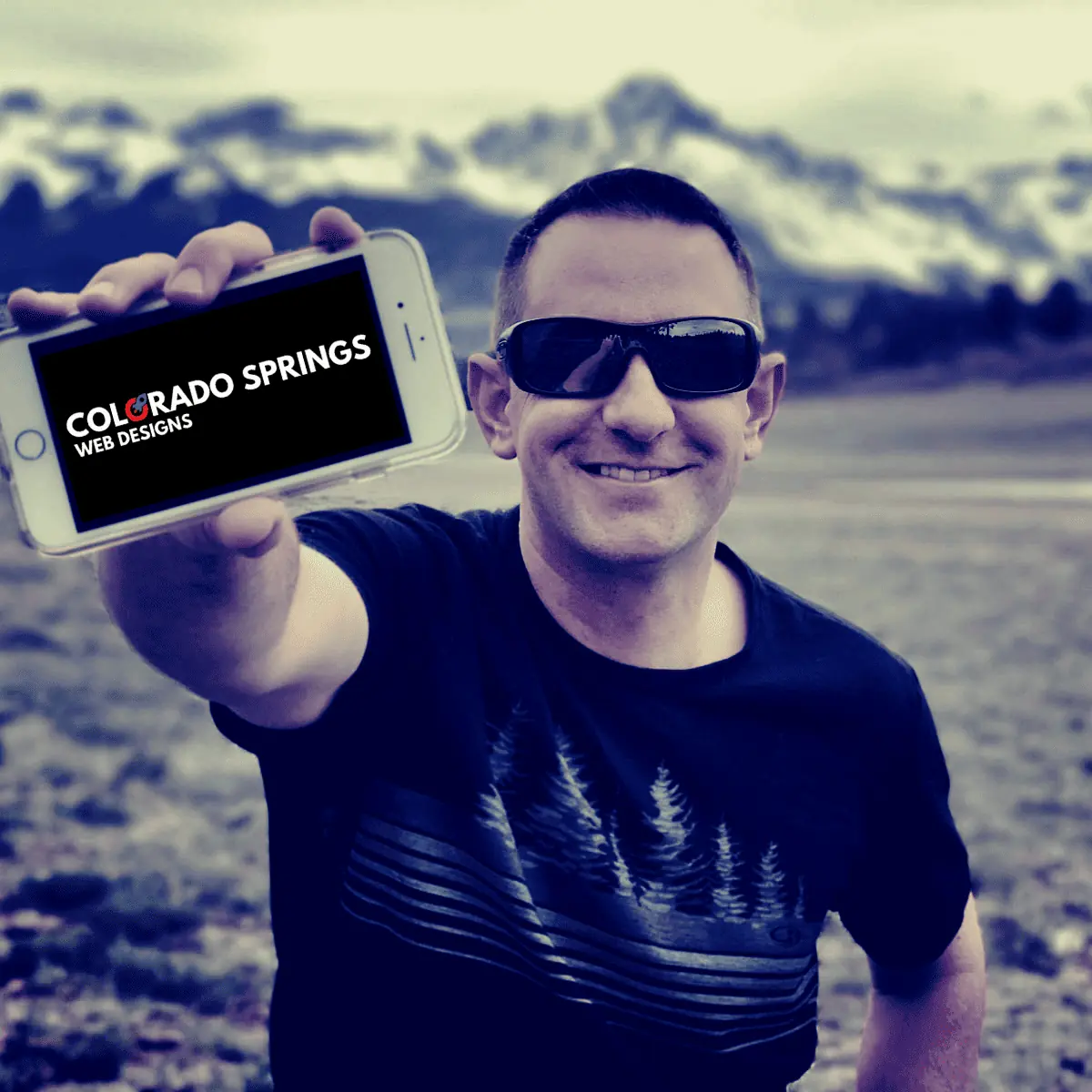


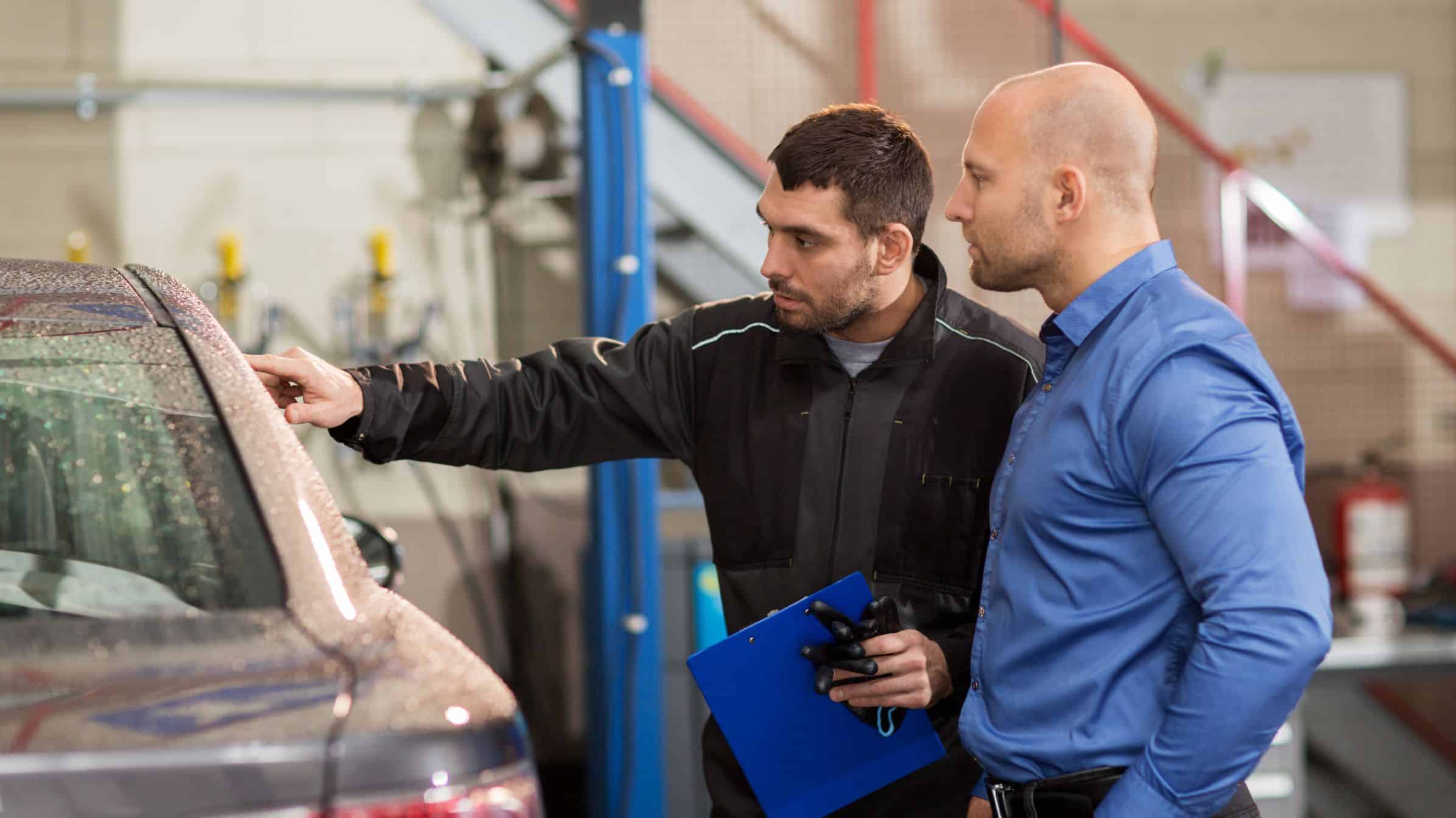

.webp)
